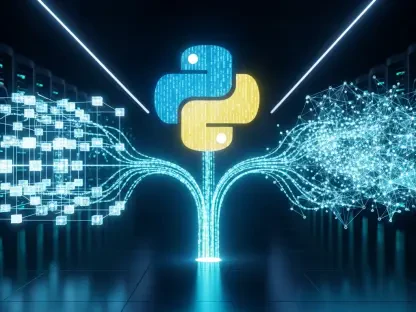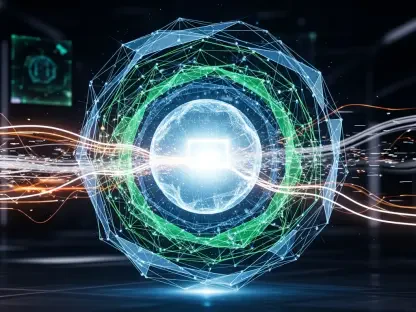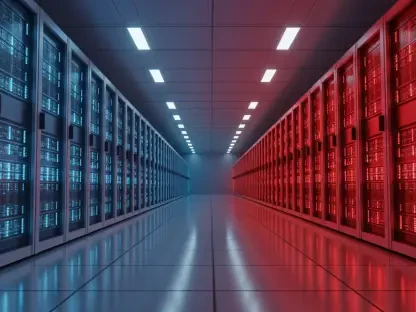Imagine a world where AI cloud infrastructure is pushed to its limits by the exponential demands of artificial intelligence models. Modern AI technologies, such as ChatGPT-4 and Google Gemini 2.5, necessitate vast computational resources, including significant memory bandwidth and capacity. In response to this challenge, a revolutionary innovation steps into the spotlight—the Neural Processing Unit (NPU).
The landscape of AI cloud infrastructure is witnessing a seismic shift as NPUs emerge as a game-changer in managing the hefty demands of AI operations. Spearheaded by a pioneering team from Korea, NPUs symbolize the next stage in AI’s evolution, promising enhanced power efficiency and optimized memory usage. Their development is crucial in responding to the historical reliance on NVIDIA GPUs, which tech titans like Microsoft and Google have traditionally utilized to power their AI endeavors.
The backdrop of this transformative story is the rise of generative AI and its ever-growing resource dilemma. As AI models evolve to become more sophisticated, the strain they place on existing infrastructure becomes glaringly apparent. Current systems, predominantly dependent on GPUs, grapple with increased memory and power consumption pressures. Industry experts are keenly aware of this bottleneck, recognizing the urgent need for technological intervention that can streamline operations while reducing costs.
NPUs: The Unsung Heroes of AI
NPUs have entered the fray with innovative methodologies that not only enhance inference performance but also employ intelligent quantization algorithms and advanced memory management strategies. These innovations, achieving over 60% performance improvements while cutting power usage by around 44%, redefine the operational efficiency standards for AI models. Engineered to improve the inferences of generative AI models, NPUs exemplify a meticulous integration of AI semiconductor technology and system software.
Leaders in the field, such as Professor Jongse Park from KAIST’s School of Computing and his colleagues, emphasize the potential impact of NPUs. During the International Symposium on Computer Architecture in Tokyo, they presented groundbreaking research that underscores the real-world implications for AI cloud operations. These advancements promise not only to improve efficiency but also to establish more economically viable AI infrastructures.
Shaping the Future: Integrating NPUs into AI Systems
The implementation of NPUs within existing AI systems presents an opportunity for organizations to achieve cost-effective solutions without performance sacrifices. Companies looking to upgrade their AI clouds can integrate NPUs seamlessly, optimizing current memory interfaces without altering fundamental operational processes. This approach facilitates a smoother transition, allowing for strategic resource allocation and sustainability.
The widespread adoption of NPUs signifies a strategic step forward for AI technology providers. By adopting innovative architecture practices, businesses can now deploy AI capacities with reduced environmental impact and diminished expenses. Moreover, the economic and technological implications extend beyond operational cost savings, hinting at future developments in AI-driven applications and services.
A New Horizon of AI Efficiency
Reflecting upon this paradigm shift, the potential of NPUs to transform AI clouds is undeniable. This pioneering technology has already begun redefining industry standards, acting as a catalyst for future advancements in AI infrastructure. Research and collaborations, such as those conducted by Professor Jongse Park and HyperAccel Inc., have set the stage for a new era of AI innovation.
This momentous leap in AI capabilities has opened new avenues for deploying high-performance, low-cost AI solutions. The once formidable challenges of efficiency and sustainability in AI clouds are being effectively addressed through the integration of NPU technologies, paving the way for the next generation of AI systems to thrive in an increasingly digital world.









